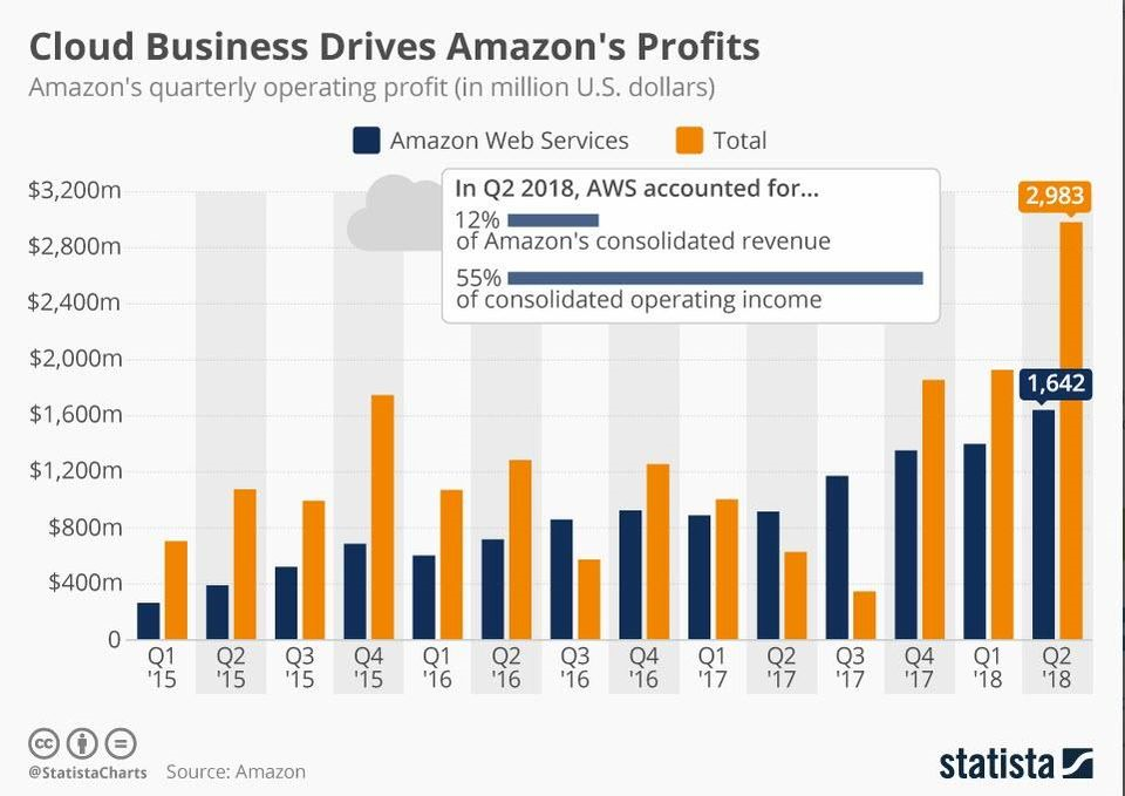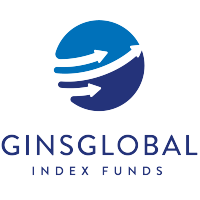The following technology trends will play an increasingly large part in our daily lives – from how we work in the office, live in our homes and commute between them.
Each of these trends will likely play crucial roles in the areas of technology innovation and disruption during 2020.
Internet of Things
The Internet of Things (IoT) refers to all digital devices that can be connected online and controlled remotely.
For example, smart homes where the temperature, lights, refrigerator, pool and other features can all be remotely controlled. More household items are beginning to incorporate this concept.
Companies understand the implications of having super-fast and stable internet access anywhere. Increased bandwidth enables machines, robots, and autonomous vehicles to collect and transfer more data than ever, leading to advances in the area of the IoT and smart machines.
5G connectivity
5G is expected to hit the ground running in 2020. Some of the biggest names in telecommunications, (Qualcomm, AT&T, Verizon, Nokia, Ericsson and Huawei) are focused on rolling out 5G to consumers and businesses globally.
The world’s best Android phones are now offering 5G phones. Besides bringing faster broadband speeds and more reliable mobile networks, 5G will drive improvements in areas such as smart cities (traffic), smart vehicles, smart manufacturing, and other IoT technologies hungry for 5G. The benefits are not limited to phones.
AI and Machine Learning
The growing adoption of artificial intelligence (AI) and machine learning by companies helps them to analyse their data in three uniquely valuable ways - speed, scale and convenience.
Speed and scale relate to the benefits of automating and then analysing massive data sets - faster than humans. Complex data sets can now be analysed in a fraction of the time it used to take a few years ago. This is not related to computers being faster, but because AI-related algorithms are getting good at data analysis.
AI is one of the most transformative tech evolutions of our times. Most large companies are exploring how they can use AI to improve the customer experience and streamline their business operations. For now, many AI applications will continue to be provided via as-a-service platforms. This allows smaller businesses to simply feed in their own data and pay for the algorithms they require.
Currently, these platforms, provided by the likes of Amazon, Google, and Microsoft, are broad in scope. They remain expensive if requiring custom engineering to apply specific tasks to an organisation. During 2020, there will be wider adoption and a growing pool of providers that are likely to start offering more tailored applications and services for specialised tasks.
Big Data Analytics
Big data analytics is being implemented in almost every kind of industry that makes use of large-scale production processes. It allows brands to process their information in a better manner and enables them to reach a much better understanding of how efficient their operations are.
There is so much valuable customer data to be collected, processed and turned into insights for any company to remain competitive. There is tremendous consolidation of analytics capabilities across the tech world – with Salesforce acquiring Tableau, and Microsoft creating its own Power Platform.
Major tech companies that use AI are focused on the real-time processing of data. The future will be characterised by smart devices delivering increasingly insightful digital services. At the most basic level, autonomous things use AI to automate tasks or functions and while these devices cannot replace human intelligence, but function well within a well-scoped set of tasks.
The Power of the Cloud
According to Gartner Research, approximately 60% of all global IT spending in 2020 will be cloud related. Three of the world's four largest companies are leading cloud providers – Amazon, Microsoft and Google. Amazon now earns more than 58% of its profits from this space – helping mostly small to medium-sized enterprises store and manage data.
Cloud computing saves substantial costs for businesses seeking to efficiently store their data and maintain better records.
Companies and government entities are starting to understand how important it is to have a designated place for all of their digital information. Having a safe offsite location that can take care of numerous servers and keep the information safe is a growing necessity.

Connected vehicles and drones
The combination of cloud computing and 5G will help spur the adoption of truly autonomous cars, drones, and smarter cities. While Tesla is the first to tie their car batteries to the cloud, closer strategic partnerships between automotive manufacturers and technology makers is growing. Uber, for example, is growing its autonomous car fleet and Amazon has plans to send parcels via an autonomous drone.
Trucks and shipping are becoming more autonomous too. It is likely there will be discussions with regulators around autonomous driving speeds and other safety matters. Vehicle insurers will need to adapt to driverless cars very soon too with specialised new policies.
Social Media and Advertising Industry Shake-Up
Americans under 30 now spend more time on their mobile phones than watching television. This is shaking up the global advertising industry as online digital advertising is dominating new ad spending. Purely digital advertising agencies are grabbing market share from traditional adverting agencies. TV platforms – as with newspapers and magazines over the past decade – are set to lose an ever-bigger slice of corporate advertising expenditures.
Social media-based advertising is also now a core element of political campaigns. However, social media platforms increasingly face political criticism for causing misinformation and favouring certain political views. Twitter has banned such advertising, while Facebook continues to allow it for the time being. We expect regulators will eventually be empowered to have additional oversight over these social media companies.
HealthTech and Customised Medicine
Technology is transforming healthcare - from DNA editing technologies, such as CRISPR, to continued medical breakthroughs. Our ability to capture data from wearable devices such as smartwatches give us the ability to increasingly predict and treat health challenges in people.
Increasingly personalised medical approaches are being adopted. Such precision medicine allows doctors to accurately prescribe medicines and apply treatments. This is largely due to specific data relating to patients’ own unique genetic code/DNA. It alerts doctors to which diseases the patient is most susceptible to.
Such innovation ensures more targeted treatments and better outcomes for individual patients.
Recent breakthroughs in technology, in the fields of genomics and AI, provide far greater insight into how different our bodies are. Doctors can already tell which patients are better or worse equipped to fight off specific diseases.
Extended Reality
Extended reality includes virtual, augmented, and mixed reality. Virtual reality (VR) allows for a full digitally immersive experience where the consumer enters a computer-generated world with headsets. Augmented reality (AR) adds digital objects into the real world via smartphone screens. Mixed reality (MR) is an extension of AR – with users interacting with digital objects placed in the real world. An example is playing a holographic piano that is placed in a room via an AR headset.
These technologies have largely been confined to entertainment – with Oculus Rift and Vive headsets providing the current state-of-the-art in videogames. Smartphone features such as camera filters and Pokemon Go-style games provide the most visible examples of AR.
Virtual and augmented reality are increasingly prevalent for training and simulation – for pilots, surgeons and nurses.
Cyber Security
2019 was another big year for mergers and acquisitions (M&A) in the cybersecurity industry. According to Momentum Cyber, more than 150 deals totalling more than $23 billion in value took place this year. Four billion-dollar deals have occurred in the security space this year, the same as in 2018.
This is all happening as the young industry, over $310bn in size – is on track to surpass $289 billion in 2026. What is driving this growth is a mixture of the intensifying global cyber threat, plus regulation.
Unlike cloud, very few sizable one stop shop cybersecurity players exist, that offer a wide range of services at lower cost. There still exists an opportunity for a cybersecurity consolidation deal.
With the growth of cloud and mobile technology, the potential hack attacks and related privacy threats are growing. Consequently, cybersecurity has had to grow extensively over the past few years, to stay in touch with the growth that is being experienced. Industries all over the world are also realising the importance of investing in cybersecurity, which is why the field is experiencing growth at such a rapid pace.
Anthony Ginsberg is founder and managing partner of GinsGlobal Index Funds




